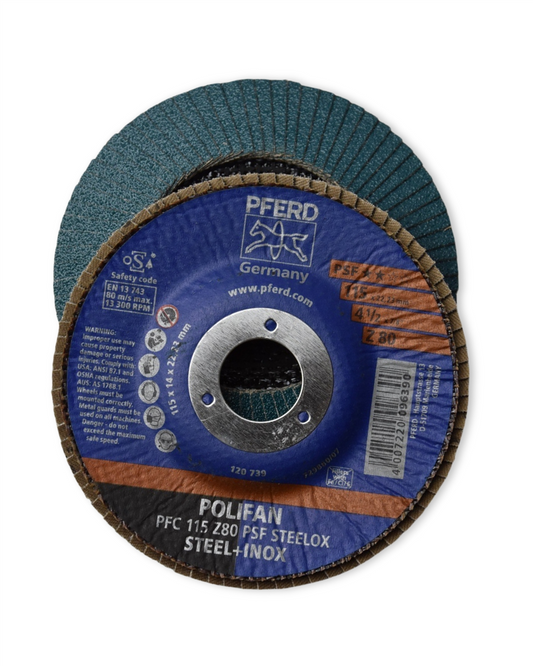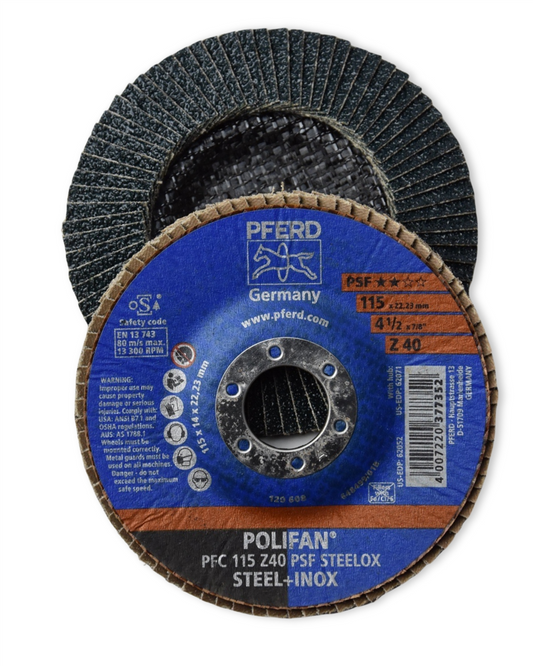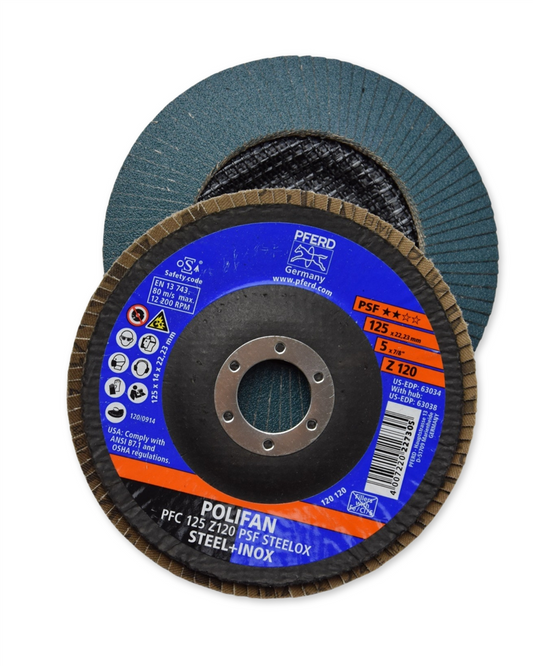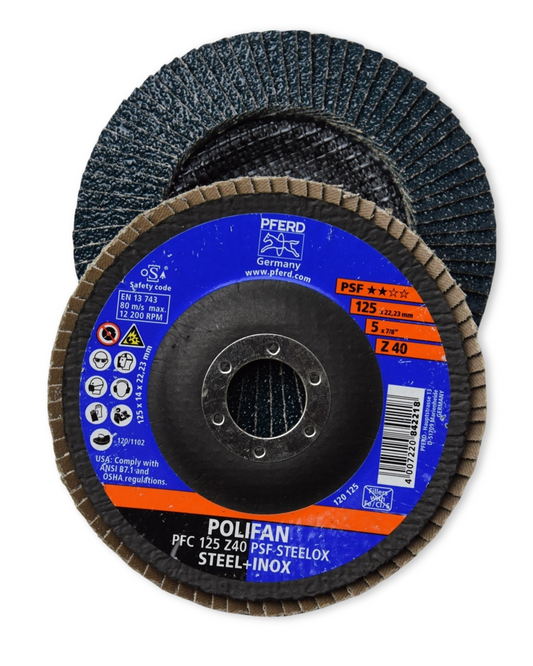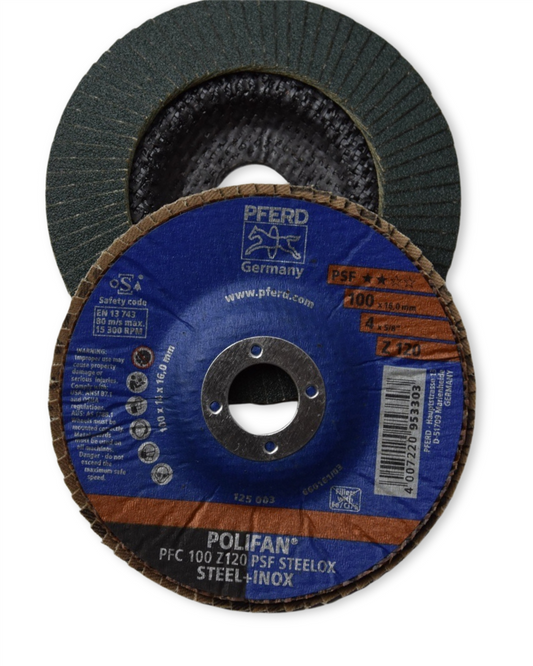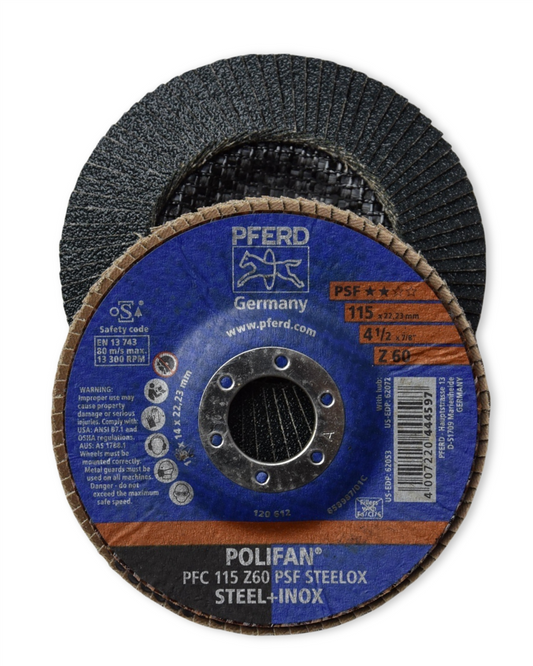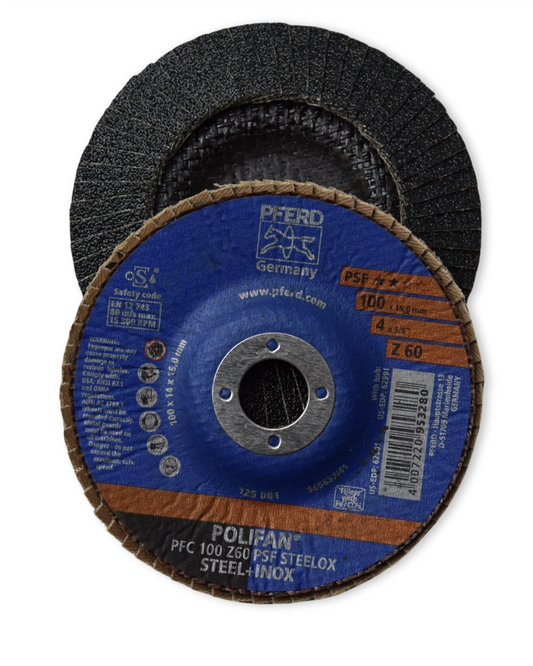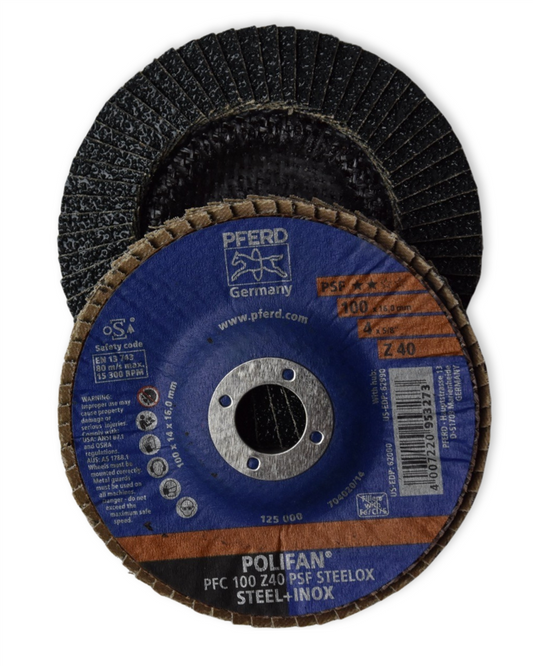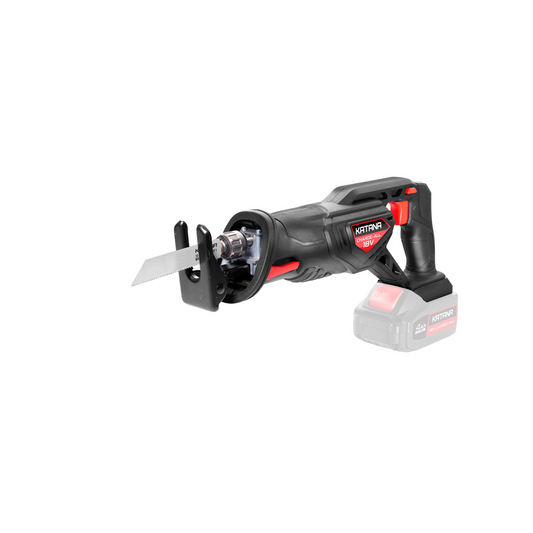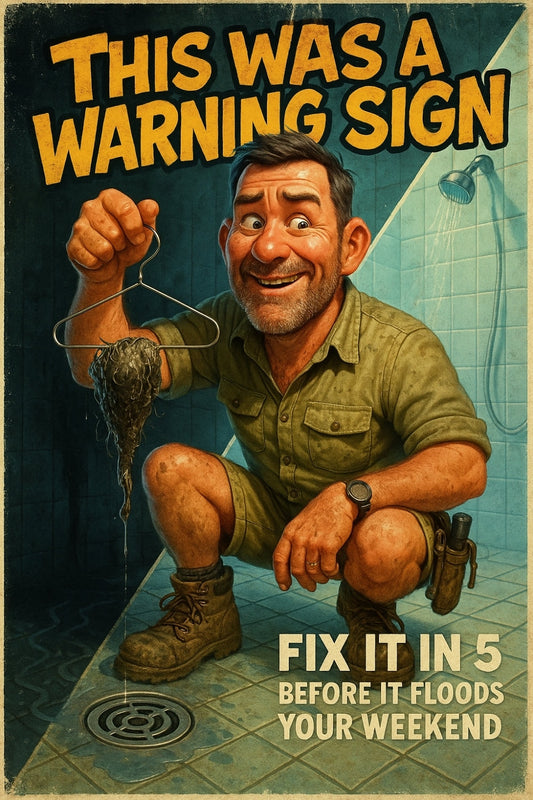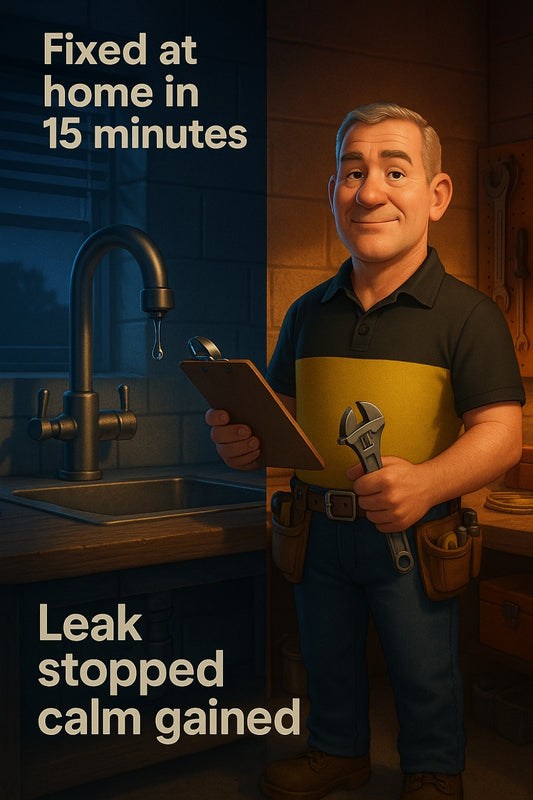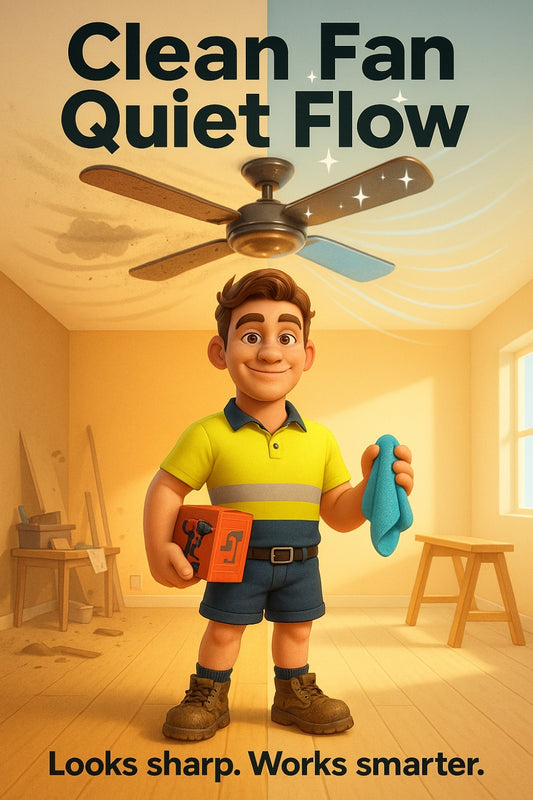Bashing nails with the wrong hammer? There's a better way—and less sore thumbs.
Share
Pick the Right Hammer, Save Time, Skip the Frustration
Smash the right way: picking a hammer that does the job without wrecking your wrist
Few things say "let's get to work" like the solid thunk of a hammer head hitting the mark. But not all hammers are created equal. And while the basic shape hasn't changed much in the last century, the way you choose one should depend a lot more on your job — and a lot less on just what's lying at the bottom of Dad’s rusty toolbox.
Whether you're fixing loose palings on a back fence or putting together your first tool kit, knowing which hammer works best saves you more than just sweat... it saves mistakes, bent nails, bruised fingers, and, yep — pride.
"The right hammer feels like an extension of your arm. The wrong one feels like a bad decision mid-swing." – Candeece H, Tool Advisor
Types of Hammers (And What They're Really For)
Let’s break down the most common hammer types you'll actually use. We’re skipping the super-niche ones — unless you're building grand pianos or crafting stained glass windows, odds are these four will see you through most DIY and home repair jobs.
1. Claw Hammer – The All-Rounder
This is the hammer most folks picture. Flat face on one side for hitting nails. Curved claw on the back to pull them out.
- Best for: General carpentry, framing, pulling nails
- Handle: Wood (comfy but can snap), fibreglass (balanced), or steel (toughest)
- Tip: Don’t go too heavy — too much head weight can tire your hand fast
2. Ball Pein Hammer – For When Metal's Involved
Usually found in the toolkits of metalworkers, this one has a flat face and a rounded “pein” side for shaping metal.
- Best for: Light metalwork, centre-punching, riveting
- Feels like: A smaller, meatier cousin of the claw — no nail pulling here
- Common slip-up: Using it for nails — it'll slip and nick your timber
3. Club Hammer – The Baby Sledge
Short handle. Heavy head. This compact beast comes in when something needs a serious thump. Think of it as a mini sledgehammer with less drama.
- Best for: Demolition jobs, driving chisels, masonry work
- Weight: Usually around 1–1.5kg — punchy, but manageable
- Watch out: Recoil — always use with a steady stance and good grip
4. Rubber Mallet – The Gentle Persuader
Looks underwhelming, but when you’re assembling timber furniture, laying pavers, or working on surfaces where a steel head would leave a dent, this one’s gold.
- Best for: Tapping tiles into place, knocking joints together, soft installs
- Outcome: Moves things without damage
- Feels like: The polite side of hammering — not every hit needs to shout
Which Hammer Should You Buy First?
If you’re starting out with zero, put a claw hammer at the top of your list. Go for something that fits comfortably in your hand — neither too heavy nor too light. Fibreglass handles are solid for general use and tend to handle shock better than straight metal ones.
It’s not about brand or colour. It’s about balance. Weight. Control. This is the hammer you’ll reach for 9 times out of 10 — it should feel like a mate you trust.
When to Upgrade (and How to Know You're Ready)
Once your jobs start getting more specific — maybe you’re smashing tiles in a bathroom reno, or carefully installing a timber feature wall — that’s your cue to add another hammer or two to your kit.
Let your jobs dictate your tools, not the other way around.
Handy Tip from the Workbench
Check the handle for grip and flex before buying. Flick your wrist like you're driving a nail — you'll feel straight away if it’s balanced. There’s no shame in miming a few swings in the aisle.
"I once saw a bloke use a claw hammer to crack pavers — halfway through, the head flew off. Wrong tool. Wrong day. Still finds pieces of it in his garden bed." – Candeece H
Closing Swing: Let the Tool Do the Work
A good hammer doesn't need your whole body behind it. It needs aim, confidence, and the right job in front of it. Too many first-timers grip too tight, hit too hard, or blame the nail when it's the hammer not pulling its weight.
There’s a quiet pride in using the right tool, the right way. It lets your work speak louder than your swing ever could.
Got questions? Come see us in-store — we’ve got all kinds of hammers on the shelf, and the time to help you pick the one that fits.
Happy hammering,
Candeece

Stay Connected
Follow our Facebook Page: Strathalbyn H Hardware on Facebook



